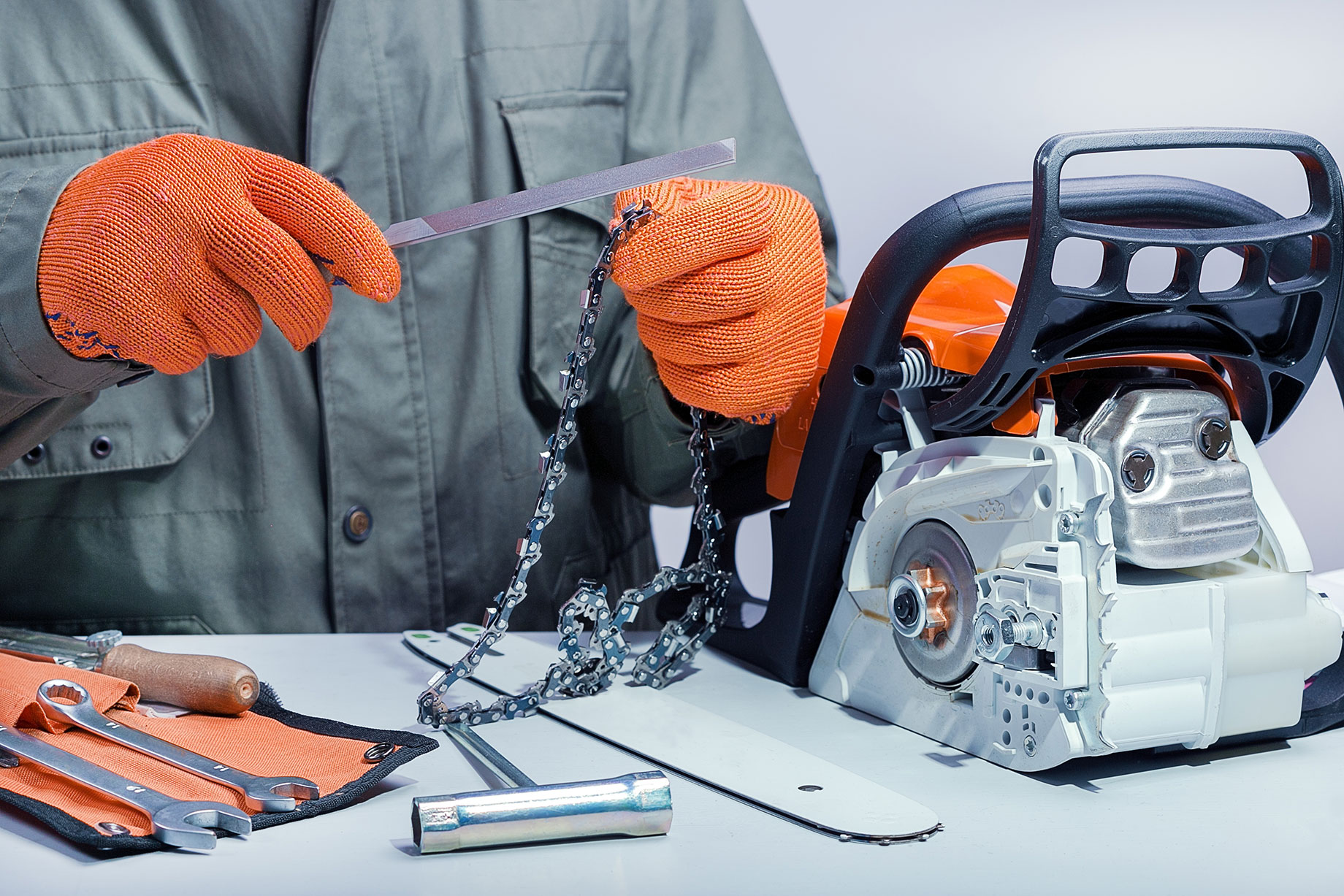
There comes a moment in every chainsaw owner’s life when they’re kneeling in a pile of sawdust, staring at a disassembled machine, holding a shiny new part that doesn’t quite fit. We’ve all been there. The problem isn’t your mechanical skills, it’s that nobody ever taught you how to properly match chainsaw parts Australia has to offer for your specific saw.
After years in the business, we can tell you most chainsaw part failures come down to a handful of common mistakes anyone can avoid. This isn’t about pushing products, it’s about giving you the same knowledge professional mechanics use to keep saws running year after year.
Know Your Saw’s Secret Identity
Every chainsaw has a unique fingerprint, its model number. That faded metal plate near the handle or under the housing isn’t just decoration. It’s the only reliable way to ensure parts compatibility. The tags hide in sneaky spots depending on the brand. Some manufacturers stamp them near the spark plug, others tuck them under the air filter cover, and a few engrave them near the oil cap.
Here’s a trick the old-timers use: take a piece of paper and do a pencil rubbing over stamped numbers to make them legible. Then take clear photos from multiple angles before you get grease and sawdust all over everything.
The Power of Factory Diagrams
Manufacturers provide detailed breakdowns showing every component in your saw, but most owners never use them. These illustrated parts lists (IPLs) reveal the exact part numbers and how everything fits together. Finding yours is simple, just search your model number followed by “IPL” online. Stick to official manufacturer sites or reputable parts dealers for the most accurate diagrams.
Diagnose Before You Buy
Nothing burns money faster than throwing parts at a problem without proper diagnosis. When a saw won’t start, begin with the spark plug before assuming you need a new carburetor. Check fuel lines for cracks and make sure the air filter isn’t clogged. For power loss during cuts, examine chain tension and the drive sprocket before blaming the engine. Oil system issues often stem from simple clogs rather than failed pumps.
The Aftermarket Parts Gamble
That cheap carburetor online might look identical to the original, but internal tolerances can be wildly different. Some aftermarket parts work fine for occasional use, while others fail spectacularly under heavy conditions. For critical engine components, factory parts often justify their higher price through better materials and precision engineering. Wear items like bars and chains can be good aftermarket options if you stick with reputable brands.
Installation Pitfalls to Avoid
Even with the correct part, reassembly can trip you up. New carburetors require proper tuning, they don’t work right out of the box. Gasket surfaces need to be perfectly clean, and torque specifications exist for good reason. Keep parts organized during disassembly, an egg carton makes a perfect holder for small components.
Maintenance Beats Repairs
The smartest chainsaw owners spend more time preventing problems than fixing them. Cleaning air filters regularly, using fresh fuel, and rotating bars to distribute wear can prevent most common issues. Running the saw dry before storage prevents carburetor problems down the road. Proper chain tension and sharpening make cuts easier and reduce strain on the engine.
Knowing When to Call for Backup
Some repairs test the limits of DIY skills. If you’re dealing with major engine work, complex electrical issues, or anything involving the brake system, sometimes the smartest move is professional help. What seems like a simple fix can turn into an expensive mistake without the right tools and experience.
Conclusion
The difference between frustration and success comes down to methodical troubleshooting and using the right resources. Take the time to properly identify your saw, consult factory diagrams, and diagnose carefully before buying parts. Your future self, standing in a pile of perfectly cut firewood rather than a pile of mismatched components will thank you.